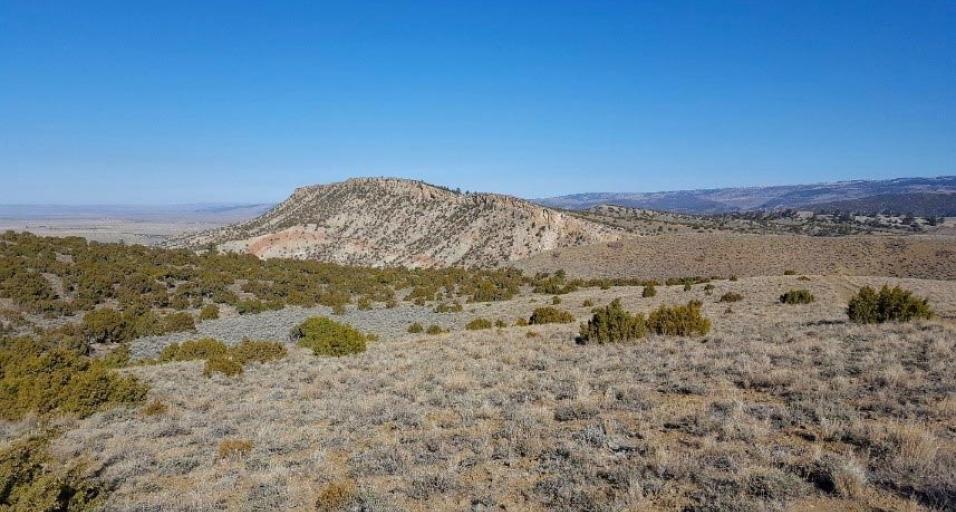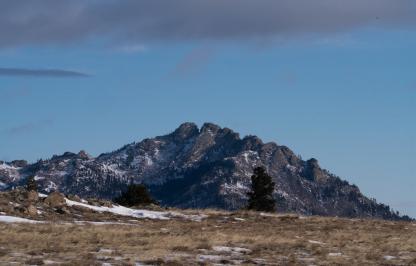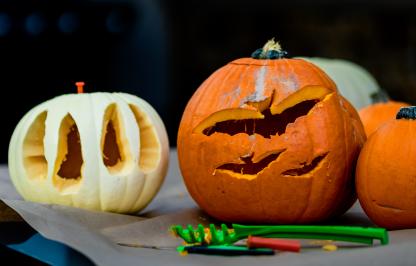“It’s a steep butte with an isolated lek,” said Jim Wright, Bureau of Land Management (BLM) lead wildlife biologist in the Casper Field Office. “Junipers are encroaching into sagebrush grassland habitats, degrading nesting and other seasonal habitats.”
Limited habitat isn’t the only problem posed by the aggressive trees. Junipers also disrupt an area’s natural hydrology. On a warm summer day, a mature juniper tree can suck 40 gallons of water from the soil, a substantial toll in an area that receives only about 13 inches of precipitation a year. That sums up the challenge that Wright, other Casper BLM staff, and a partnership of private landowners, state agencies, conservation groups and more decided to take on a few years back. What they developed is the “Bates Hole Juniper Treatment Project.”
This is a plan that outlines a series of steps that could roll back the juniper invasion and improve the area’s wildlife habitat and hydrology. It called for a mix of mastication – mechanized mowing and grinding of the trees – cutting, piling and burning, and prescribed fire. 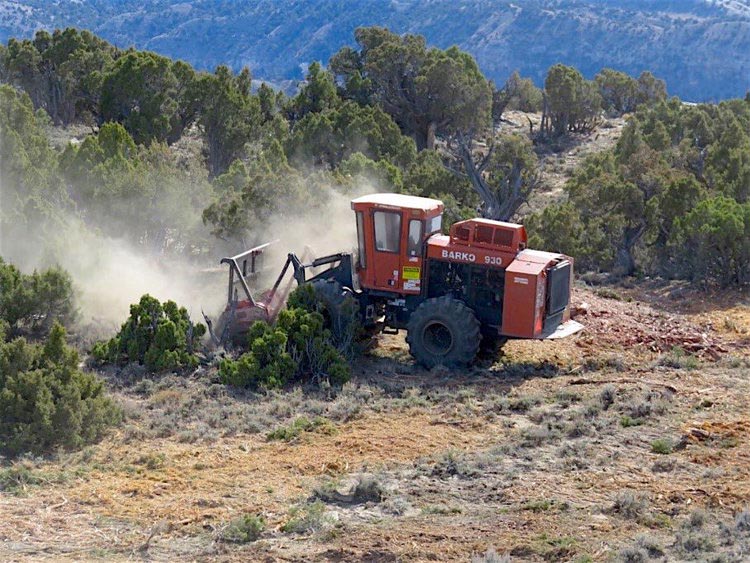
The work began in 2014 and, so far, about 1,300 acres have been treated. The local coalition of partners that supports the work think it can continue for a dozen more years and eventually treat 12,000 acres. It’s a project that requires careful planning each step of the way.
“There have been some struggles, but nothing that turned us away,” said Wright. “What motivates us is the involvement of our external partners and their willingness to fund the work.”
Pete Garrett is a third generation Wyoming rancher, one of four BLM grazing lessees involved with the Bates Hole project. He can see differences resulting from the project, especially in the grass cover.
“The grass production is 100 percent.” Garrett said. “It’s full grass cover, not just out and away from the junipers. It looks like it’s going to be better than it was.”
Mule deer populations in the area have suffered in recent years, but the local population seems on the rise since the project began and the habitat has become more diverse. Garrett said, “I can see the mule deer bedding down on the south side of the mountain now.”
With fewer juniper trees, the watershed is slowly healing. One area rancher reported a local creek ran longer in 2017 than it has in many years. Anecdotal evidence, yes, but it’s still a welcomed observation.
Another benefit of the work is reducing the threats from wildfire.
“We’re actually lessening the chances of a catastrophic wildfire in the area, given the density of the overstory,” according to Wright.
Wright said he was doing some follow-up work this fall when he noticed sage grouse eggs from a nest the previous spring. The nest was in an area that had been treated the year before. It was a good moment for him.
“They’re using habitat now that was previously unavailable to them,” he said. Wright credits the partnership for making the project a success. “It’s been a win-win for everyone. We’ve been able to treat not only BLM land, but state and private land as well.”
“These are the kinds of projects the Rocky Mountain Elk Foundation enjoys funding,” said Blake Henning, chief conservation officer for RMEF, a member of the coalition. “Juniper invasion is a significant problem in several intermountain states so we are using funds from our local banquet program to fund these habitat improvement projects. It’s a great partnership with BLM and others.”
The work has been gratifying for Wright and local partners.
“This is what all biologists live for – to be able to do work like this,” Wright says. “It’s our opportunity to leave a legacy. This will outlive all of us.”
This story originally appeared on Partners in the Sage website.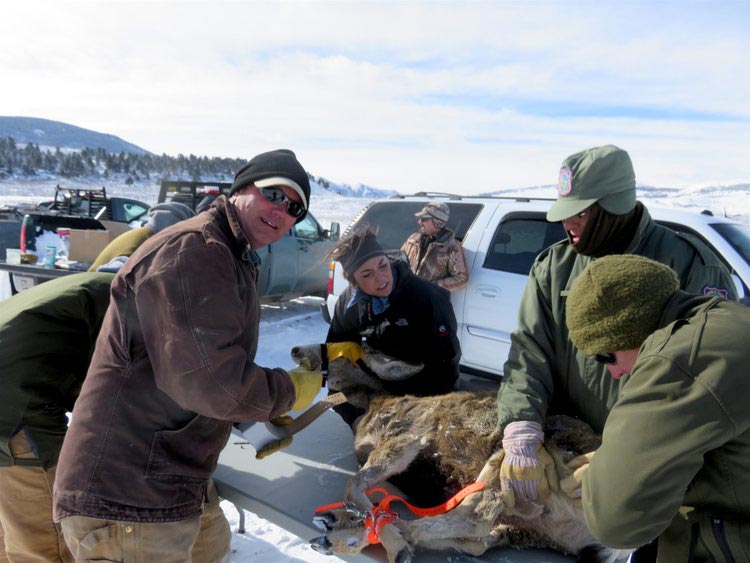
Wyoming Juniper Removal Helps to Bring Sage Grouse Back
Karen Rogers (307) 777-4600

